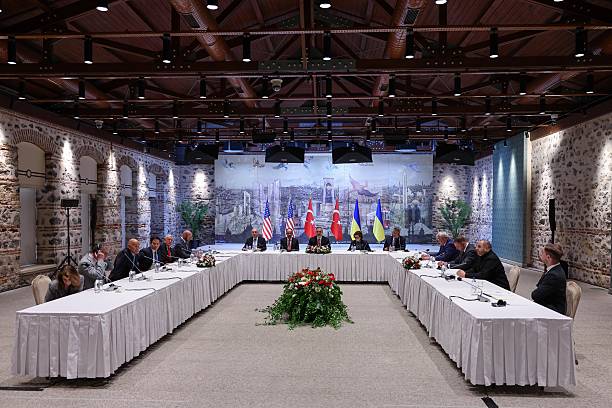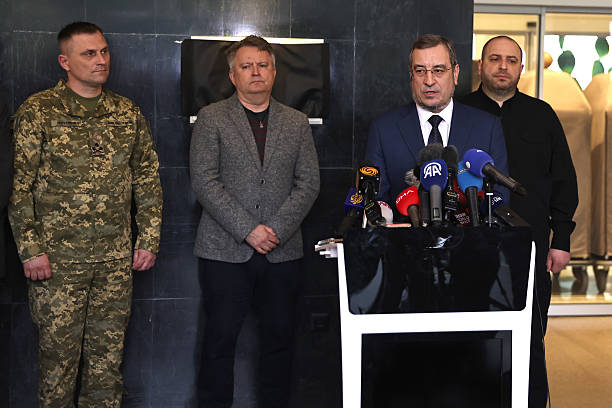What’s Going On: The Peace Push
-
Donald J. Trump has intensified efforts to broker a peace agreement between Ukraine and Russia, proposing a detailed peace plan aimed at ending the long-running war.
-
The original peace proposal was a 28-point plan drawn up by U.S. officials, which was later revised in negotiations between U.S. and Ukrainian representatives — narrowing down to a re-worked framework that, in principle, Ukraine says it’s willing to consider.
-
Under the plan, U.S. diplomats and Ukrainian negotiators have indicated there’s “common understanding on core terms,” putting forward “legally binding” security guarantees for Kyiv.
What’s at Stake — and What’s Still Unresolved
Despite diplomatic momentum, major issues remain unsettled:
-
Territorial concessions: The initial U.S. plan reportedly included requirements for Ukraine to cede territories currently occupied by Russia — including regions many Ukrainians view as non-negotiable.
-
Military limitations and NATO membership: The plan had suggested limiting Ukraine’s military capabilities and barring future NATO membership — demands strongly opposed by Ukrainian leadership and many of its Western allies.
-
Security and trust issues: With ongoing Russian missile and drone attacks on Ukrainian cities — including deadly strikes on the capital — Kyiv and its allies question whether Moscow can be trusted to honor any deal.
-
European skepticism: Several European nations have voiced concern that the U.S.-backed plan may skew too far in favor of Russia’s demands, urging that any agreement respect Ukraine’s sovereignty and right to defend itself.
Reactions: Optimism and Outrage
-
Ukrainian leadership has expressed deep unease — saying acceptance of the proposed concessions would mean trading national dignity and freedom for a fragile peace.
-
European allies have warned against a “peace” that amounts to capitulation. Some leaders insist that Ukraine’s ability to defend itself must be preserved, and that its future security should not be sacrificed for a quick fix.
-
U.S. officials remain publicly optimistic: White House spokespeople describe recent meetings between U.S., Ukrainian and Russian envoys as “progress,” though acknowledge “delicate but not insurmountable” issues remain.
What’s Next: Key Steps Ahead
-
Diplomatic efforts are continuing: U.S. envoys are scheduled to meet with Russian and Ukrainian counterparts as part of ongoing negotiations.
-
Leaders from all sides — Kyiv, Moscow, and Washington — may need to engage directly for final decisions, especially on territorial and security-guarantee issues.
-
European partners are expected to exert pressure, pushing for an outcome that preserves Ukraine’s sovereignty and defense capabilities rather than forcing a surrender disguised as peace.
Why This Matters: The Global Stakes
A failed or flawed deal could:
-
Undermine Ukraine’s sovereignty and its right to self-defence.
-
Embolden Russia to consolidate new territorial gains — potentially destabilizing Eastern Europe long-term.
-
Erode trust in U.S. and European security guarantees, making future alliances harder to maintain.
-
Set a precedent for forced peace agreements under duress, weakening norms around national sovereignty.
On the other hand, a mutually acceptable agreement — if handled carefully — could end years of war, save countless lives, and rebuild stability in the region.
Bottom line: The peace initiative pushed by President Trump has reopened diplomatic channels and appears to have found some tentative support from Ukraine — but the core obstacles remain huge. As long as territorial sovereignty, military independence, and credible security guarantees are on the table, the risk remains that what’s sold as “peace” could turn into a lopsided compromise. The coming days of intense negotiation will likely decide the outcome.




